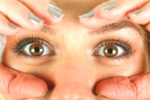Do you still hesitate to believe good old Charles Darwin? Worry not, your own body is proof of his theory. It’s called human vestigiality, and it’s not as scary as it sounds.
It consists of attributes—either physical or behavioral—that have lost most of their efficiency through our constant evolution, yet remain on our bodies.
Curious? Take a look at the ten signs of evolution that lie within your own body.
10 – Hiccups.

Drink a glass of water, get spooked, hold your breath. These are some of the popular remedies for the annoyance we call hiccups—but what are they?
Scientifically called singultus, scientists noticed the resemblance of hiccups to the way frogs need to manage their respiratory pathways when they breathe either air or water.
As such, they speculate hiccups may be a leftover from our amphibian ancestors, as they may have needed it to adapt from water to air.
9 – Plantaris muscle
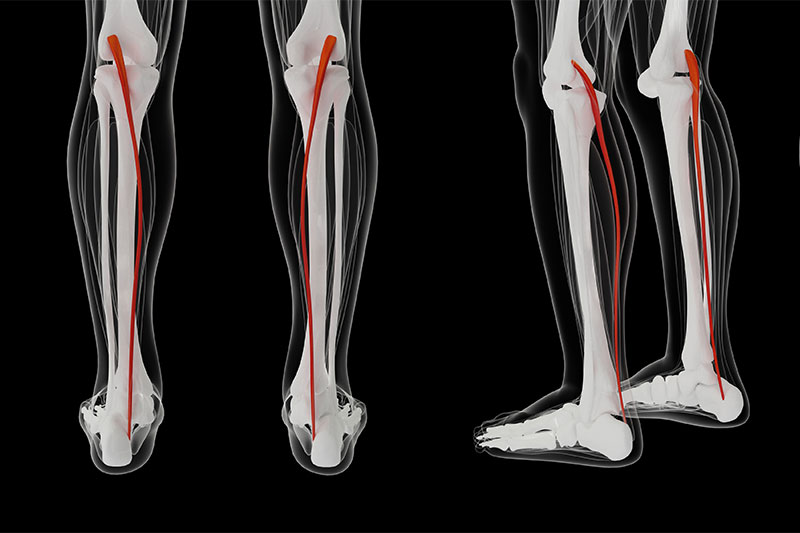
The plantaris muscle is slowly disappearing—10% of the world’s population has already lost it. Primates use it to grip things with their feet, as did our ancestors. However, as we lost the ability, the muscle atrophied.
Located at the top of your lower leg, the plantaris muscle barely has any use—it only helps us flex our leg a little bit. However, it does feature the longest tendon in the human body, making it an excellent source for tissue replacement during surgery.
8 – Whisker muscles.
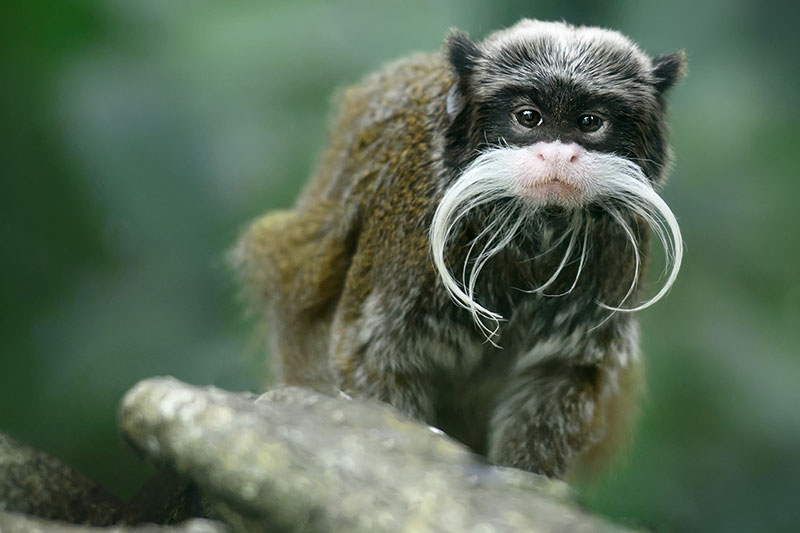
Quick, what do humans have in common with platypuses and anteaters? If your answer was “lack of whiskers,” you’re correct!
Whiskers are hyper-sensitive hairs that work as touch organs for animals. They assist their vision, help them understand their environment, and provide additional sensory information.
Japanese anatomist Yuichi Tamatsu determined some of us have small vestigial muscles on our upper lips that may have controlled whiskers once.
7 – Pinky toes.
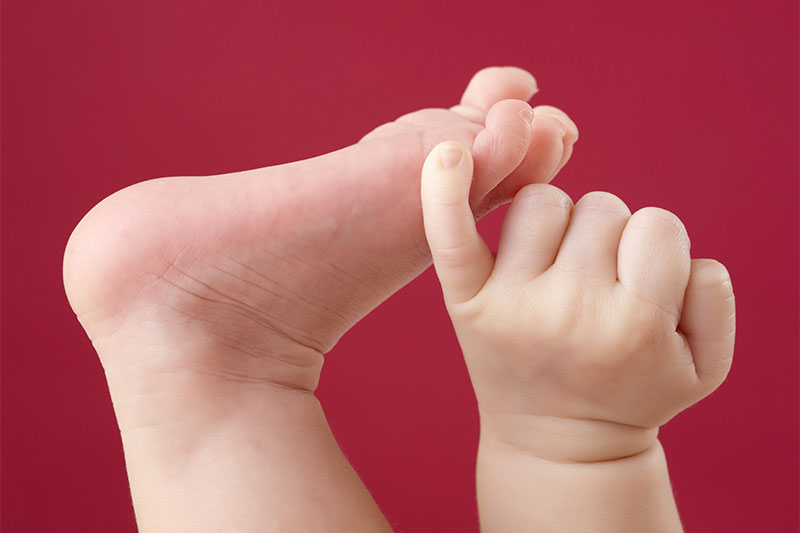
Back when our ancestors climbed trees, they needed a full set of toes to guarantee a firm grasp of branches and other items. Afterward, humans evolved into hunters and used the extra leverage of toes to perform the long-distance running required to catch their prey.
Pinky toes were essential for both activities.
Nowadays? Pinky toes do not contribute significantly to balance or standing, so they might as well just exist to get hit by the corner of your furniture.
6 – Goosebumps.
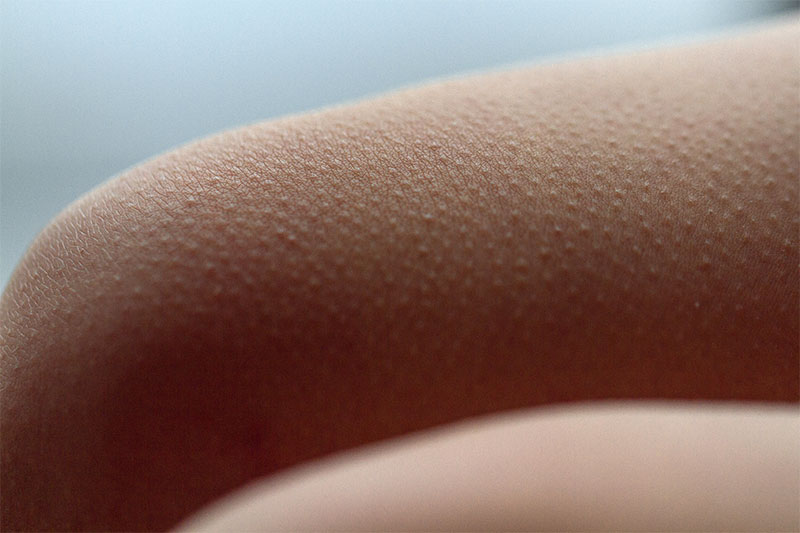
Whether it is the cold, fear, or random shivers, odds are you’ve experienced goosebumps.
They are an evolution leftover from the days where we were furry little things. It turns out most mammals can protect themselves from the cold by puffing up. That way, the hair stands up, expands, and creates extra insulation around the body.
Our modern selves we are mostly hairless, so goosebumps only work as a visual cue of our own emotions.
5 – Extra Ear Muscles.

If you have a mammal pet, odds are you’re aware of how expressive their ears can be. Once upon a time, humans were like that too. However, despite our general lack of ear movement, we still keep our vestigial pinna muscles.
Their current use? A neat little party trick for the handful that can make their ears wiggle a bit.
4 – Wisdom Teeth.
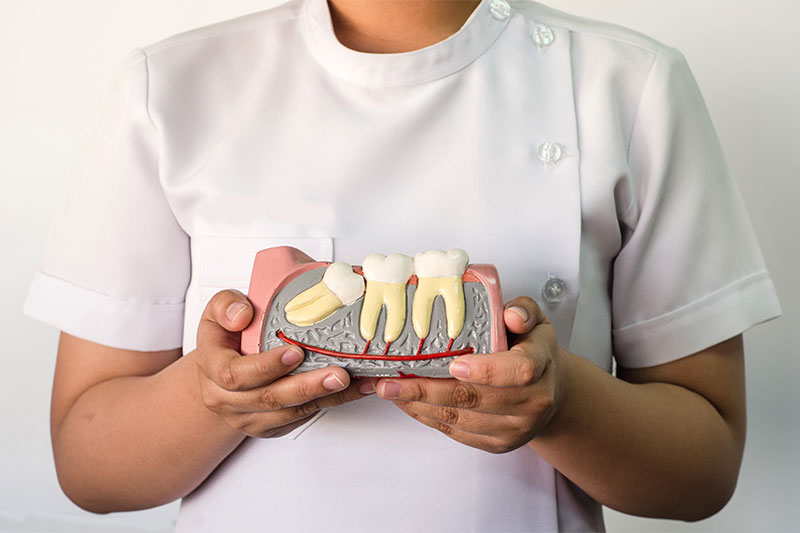
Once upon a time, wisdom teeth had more functions than giving us pain and forcing us to go to the dentist. It sounds fake, but it’s true.
Back when our ancestors ate more plant tissue, their jaws were larger and stronger to grind them properly. As we evolved into a more omnivorous species, our facial features changed, and we lost the use of these third molars.
3 – Third Eyelid.

Have you ever noticed the eyes of reptiles, birds, or fish? They display a third eyelid that works horizontally. It is named the nictitating membrane, and our ancestors used to have them.
Nowadays, all that’s left of our third eyelid is the fleshy tissue at the inner corner of our eyes. Its current purpose? Non-existent, so future generations may not even have it.
2 – Coccyx.
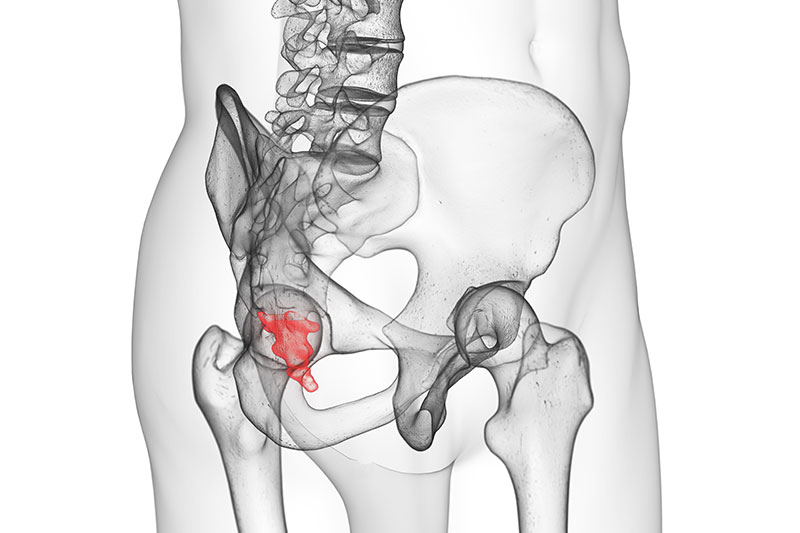
Coccyx, more commonly known as the tailbone, is precisely what you think it is: the leftover of the tail our ancestors once had.
Considered by many to be the single most significant proof of evolution within our body, the coccyx is not entirely useless. Nowadays, it helps us sit down, lean back, keep the position of the anus, and much more.
Useful, but nowhere near as impressive as swinging from tree to tree.
1 – Our brain size.
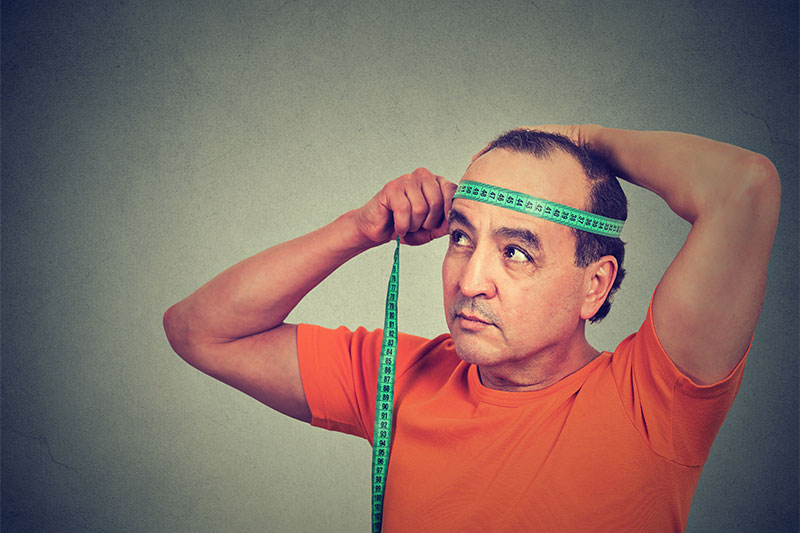
Our brains grew large as we started getting smarter and developing further than fellow mammals. However, since the last 20,000 years, our brains have been shrinking.
Whether it is due to us getting dumber or more efficient remains to be seen, but one thing is sure—our brain is the part of our bodies that evolves the fastest. Why? Because we have evidence of our minds adapting to our smartphone use.
Now that is a record.

